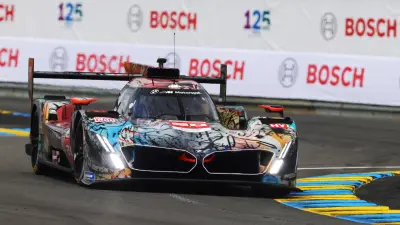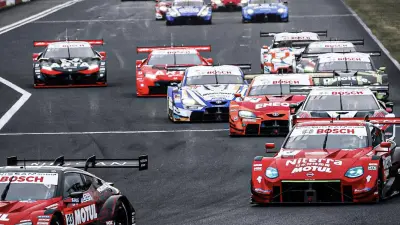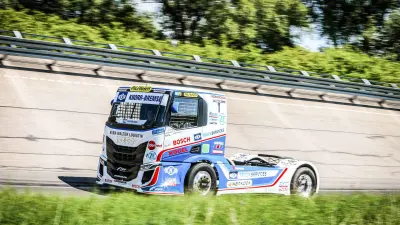Partnerships
Our heart beats for success. From the decisive millisecond to the big Grand Prix victory. From America to Japan, Bosch Motorsport is a highly valued partner for racing series and race teams, combining a passion for the sport with unrivaled technical expertise. We are convinced that with the right technology, every lap can be an opportunity to exceed what was possible before. Let's set new standards together – on the racetrack and beyond.





